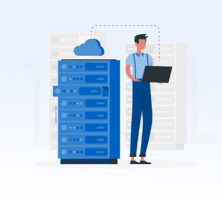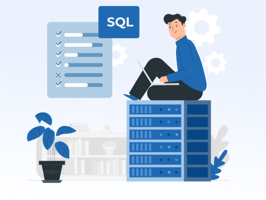Introduction
How to Develop a Learning Management System: A Comprehensive Guide
In today's rapidly evolving educational landscape, how to develop a learning management system have become integral tools for institutions, businesses, and organizations looking to streamline and enhance their learning and training processes. Whether you're an educator, a corporate trainer, or a software developer, the ability to create a custom Learning Management System is a valuable skill to possess. This article will guide you through the process of developing an LMS from scratch, providing a step-by-step overview of the key considerations, technologies, and best practices required for a successful implementation.
1. Define Your Objectives and Target Audience
Before diving into development, it's crucial to clearly define your objectives and identify your target audience. Are you building an LMS for a school, a corporate training program, or a non-profit organization? Understanding your goals and the needs of your users will shape the development process.
2. Select the Right Technology Stack
Choosing the right technology stack is a critical decision in LMS development. You'll need to select the appropriate programming languages, frameworks, and tools. Common choices for LMS development include PHP, Python, Ruby, or JavaScript-based technologies. Additionally, you may consider utilizing popular frameworks like Django, Ruby on Rails, or React to expedite development.
3. Design the User Interface
User experience is paramount in an LMS, as it directly impacts engagement and usability. Create an intuitive and user-friendly interface that allows instructors and learners to easily navigate through the system. Implement responsive design for mobile compatibility, ensuring accessibility on various devices.
4. Content Management and Course Creation
One of the core functionalities of an LMS is content management. You need to provide instructors with tools to create, organize, and deliver courses. Implement features like video upload, document sharing, quizzes, and assignments.
5. User Management and Authentication
User management is a crucial aspect of an LMS. Develop a system for user registration, authentication, and authorization. Ensure that user roles and permissions are well-defined to maintain security and privacy.
6. Learning Analytics
Incorporate learning analytics to track user progress, assess the effectiveness of courses, and provide insights for instructors and administrators. Learning analytics can help you improve the overall learning experience within your LMS.
7. Integrations and APIs
Make your LMS more versatile by incorporating integrations and APIs. These can include integration with third-party tools, such as video conferencing, payment gateways, or authentication services, to enhance the overall functionality of your system.
8. Testing and Quality Assurance
Thoroughly test your LMS to identify and address any bugs or usability issues. Conduct both unit and integration testing to ensure that all components work seamlessly.
9. Security and Data Protection
Security is paramount in any LMS, especially when dealing with sensitive user data and educational materials. Implement robust security measures, such as encryption, firewalls, and regular security audits to protect user information.
10. Scalability and Performance Optimization
Ensure that your LMS is scalable to accommodate a growing number of users and courses. Optimize the system for performance to guarantee fast loading times and a seamless learning experience.
11. Documentation and Support
Develop comprehensive documentation for your LMS to assist users, instructors, and administrators. Additionally, offer support channels for users to seek assistance when needed.
Conclusion
Developing a Learning Management System can be a challenging but rewarding endeavor. By following these steps and guidelines, you can create a powerful and user-friendly LMS tailored to your specific needs and objectives. Remember that continuous improvement and updates will be necessary to keep your system current and responsive to the evolving educational landscape.


